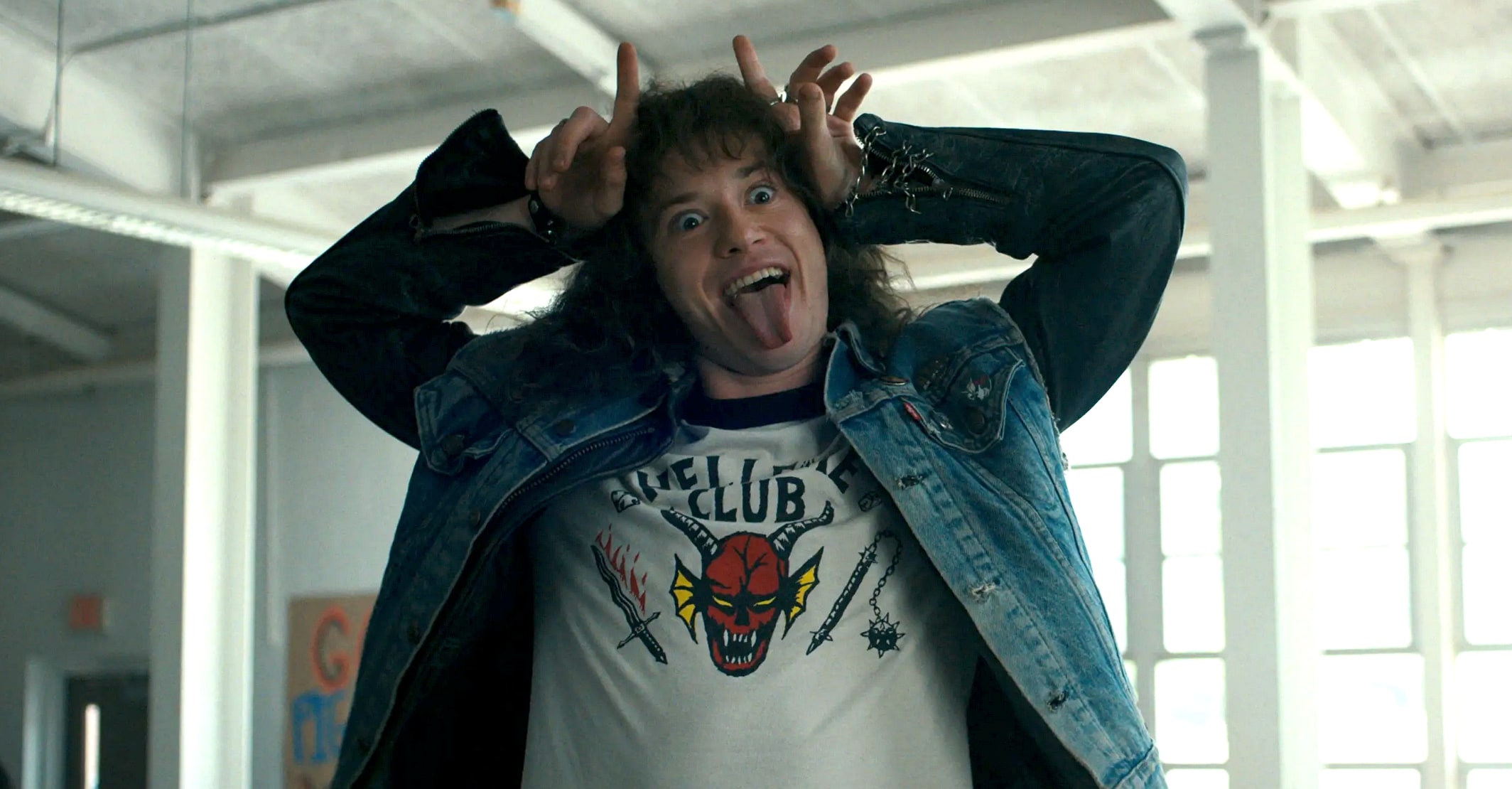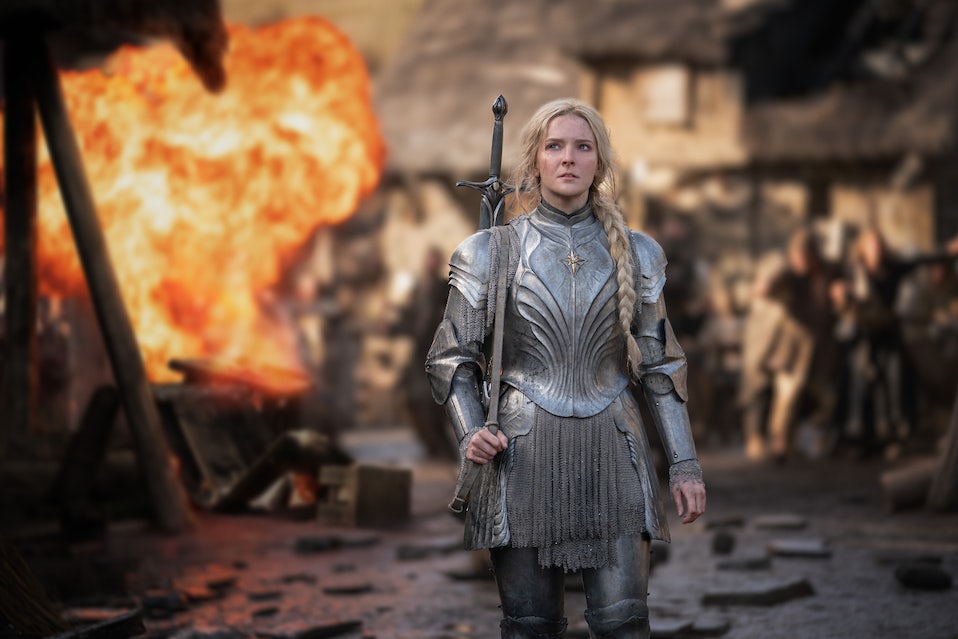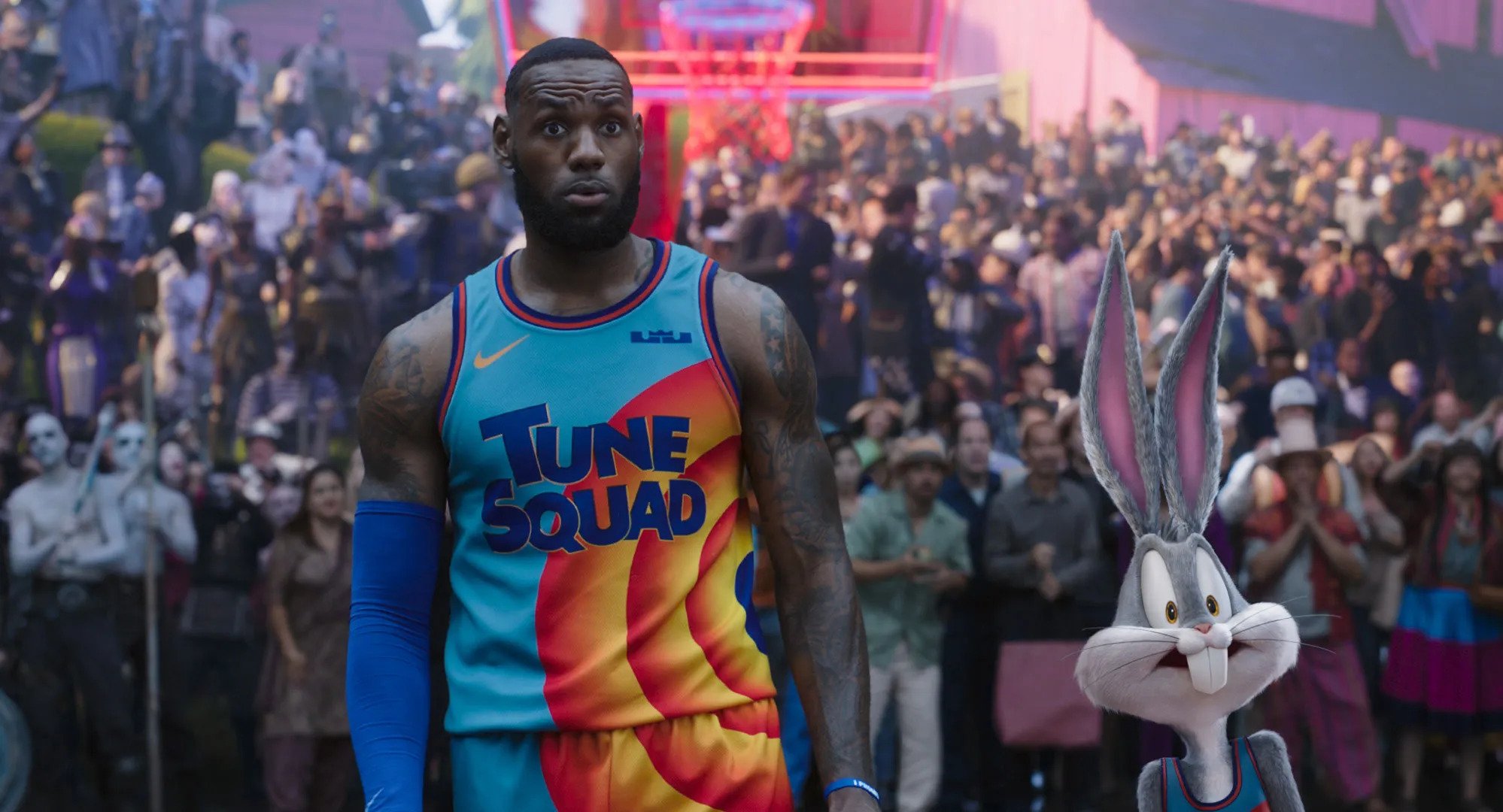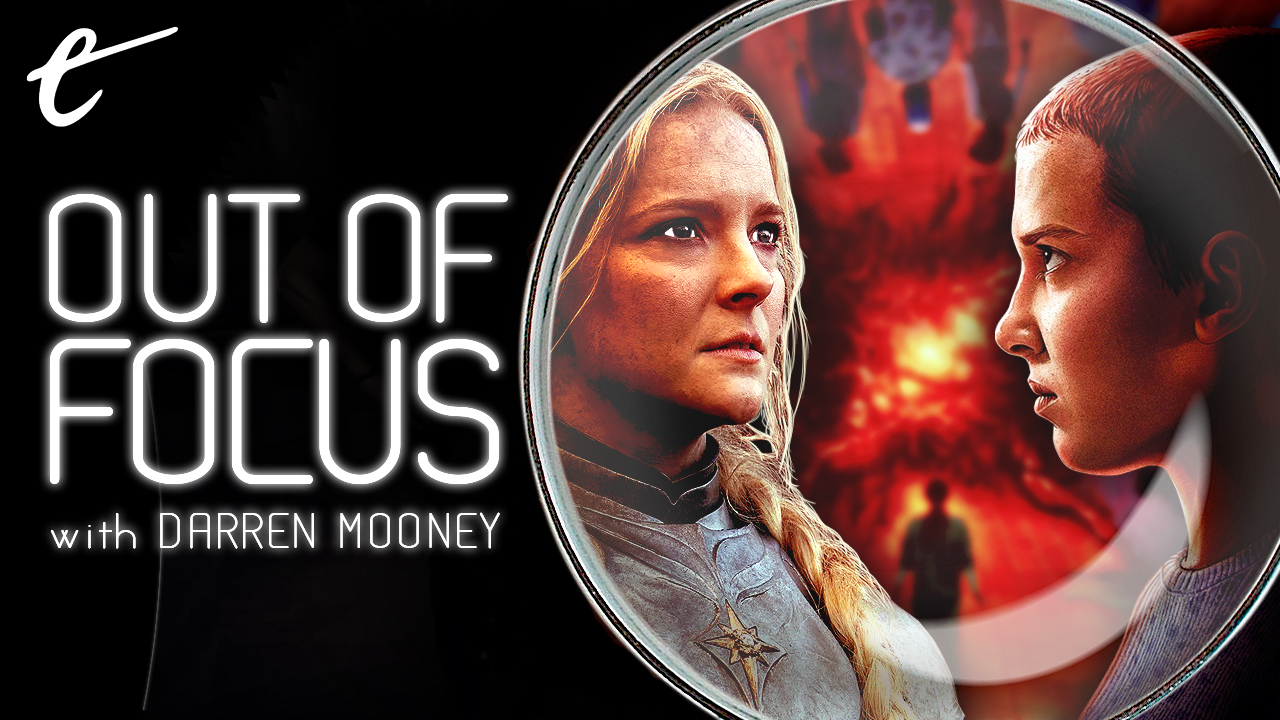As a rule, it’s generally not a good idea to break a business model without some idea of what’s going to replace it, but that is where the major studios have found themselves.
For those tracking the streaming wars, the news is grim for both studios and consumers. Last month, Netflix raised the monthly price of its basic and premium plans in the United States, with the premium offering crossing $20 per month for the first time. Disney+ announced its second price hike this year. Peacock had its first price hike since its launch. Apple TV+ jumped from $6.99 to $9.99. Paramount promises a hike within the next two years. Even Shudder is raising its price by a buck a month.
The reasons for these hikes are obvious. The companies are floundering. Netflix’s crackdown on password sharing has grown its user base, but its quarterly revenue growth and forecast still lag estimates. Disney+ lost 11.7 million subscribers and $512 million in the second quarter of 2023, bringing total losses on the service to more than $11 billion. In that same period, Max lost 1.8 million subscribers. Apple TV+ has reportedly seen its market share diluted in the past year.
Even those streaming services that have seen an increase in subscriptions are struggling to balance the books. Peacock gained 2 million subscribers in the second quarter of 2023, but lost $651 million. Paramount’s direct-to-consumer businesses lost $424 million in that same window, which is actually down from the $511 million losses in the previous quarter. That appears to be the thing about the streaming wars. Even the winners end up losing.
Of course, the streaming bubble was always an illusion. Part of the appeal of Netflix was that it was really the only service of its kind, and that a single subscription could grant a user access to a huge library of titles. That appeal couldn’t be replicated by studios who created rival services, as those platforms fragmented the market and siloed the content. There was never going to be a way for all the major studios to compete with Netflix.
The problem was compounded by the fact that Netflix, Apple, and Amazon operated in an entirely different ecosystem. They were valued as tech companies, combined with Facebook and Google as the “FAANG” stocks. This suggested a different mode of valuation than traditional media companies, to the point that when they did release movies in theaters they often refused to publish box office results. The emphasis was placed on growth and potential, allowing them to generate huge debt.

To put it simply, these streaming services were playing a different game than the traditional studios. They were just built differently. As a result, studios struggled to compete. The past few months have suggested that the studios have no real idea how to make this model work, as demonstrated by Disney’s recent dispute with Charter Communications, its attempt to blend intellectual property with live sports for “Toy Story Funday” football, and even Max’s decision to fold in live sports.
Studios are desperately looking for anything that might work as the bottom falls out of the market. In hindsight, the cracks were present from the outset. The streaming wars really kicked into high gear with the launch of Disney+ in November 2019. The following year, a global pandemic would effectively create a captive audience for these services with more disposable income. For parents locked in a house with a couple of kids for an extended period, Disney+ was an essential service.
This created an illusion of sustainability, even if the cracks were obvious to anybody paying attention. However, with the end of the pandemic, those cracks have developed into full-blown fissures. There is an inflation crisis and a looming global recession. Surveys suggest that customers are curbing their spending on entertainment. Streaming is particularly affected, with studies suggesting that households are spending about 25% less on streaming services than they were two years ago.
This may explain why it feels like studios have been trying to push back the clock. Along with price hikes, streaming services have announced ad-supported tiers, effectively reintroducing television advertising. Indeed, Netflix had disavowed advertising as recently as three years ago. Services are no longer dropping shows like The Rings of Power and Ahsoka at midnight, but instead scheduling them to line up with American prime-time broadcast slots. Streaming now looks a lot like television.
Much of the streaming wars was built around the idea of “disruption” — the destruction of established models and the creation of something more porous. The boundaries between film and television blurred, with companies like Marvel treating television as a new world to conquer and services like Disney reducing intellectual property to “content soup.” The past few weeks have seen Marvel concede that this model isn’t working for them. Maybe television should be made like television.

It’s very bloody out there. Streaming services are becoming a lot more frugal, with even deep-pocketed giants like Amazon and Netflix working harder to justify their spending on film and television. Companies like Warner Bros. have completely scrapped almost-finished movies rather than sending them to streaming and even removed existing titles from their libraries. There has been a spate of high-profile cancellations, including shows being “unrenewed.”
Looking at the state of the current media landscape, it can feel like the major studios got swept up in the tech company mindset of “move fast and break things.” However, these companies moved so fast that they never put any effort into figuring out what workable model was going to replace the one that they had just broken. The assumption seemed to be that everything would work itself out, and that these companies could improvise their way to success.
Of course, of the major studios, the big exception is Sony. Sony does not have its own streaming service. Instead, the company figured out that the safest way to get rich during a gold rush is to sell the shovels, adhering to the traditional model of licensing its content out to the highest bidder. Sony effectively survived the streaming wars by becoming “the biggest arms dealer on the battlefield.” This is also good for the services, as theatrically released movies tend to do better on streaming.
Indeed, there is some small sense that nature is healing. At the height of the pandemic, Warner Bros. announced that they would be sending all of their biggest movies to their streaming service, then called HBO Max, as part of what came to be known as “Project Popcorn.” As a result of this decision, films like The Suicide Squad, The Conjuring: The Devil Made Me Do It, Reminiscence, and Dune all landed on the service on the same day that they were released in theatres.
The grand plan was that these massive releases would drive subscribers to the service. In doing so, it would solidify corporate owners AT&T’s plans for complete vertical integration. AT&T would sell customers movies they made on a streaming service they owned over an internet infrastructure that they provided. Suffice to say, the plan did not go as expected. The underperformance of these movies led to AT&T’s retreat from the market and the merging of Warners with Discovery.

Warner-Discovery CEO David Zaslav has made cash flow a top priority, hoping for quick returns on bold decisions. Zaslav had driven Warner Bros. to start licensing out its content again, meaning that its shows and films are no longer siloed on Max. Netflix has apparently been a major buyer for international markets. Indeed, many of those movies that were used to bolster the subscriber base of HBO Max can now be watched on Netflix. Zaslav got his cash and Netflix got their content.
It seems to be working for both parties. Over the past few weeks, Netflix’s top ten list in countries like the United Kingdom has included a number of the “Project Popcorn” films, including bigger titles like Space Jam: A New Legacy but also giving space to smaller titles like Those Who Wish Me Dead and The Little Things. It seems entirely possible that more people have seen The Little Things on Netflix than watched it on HBO Max.
This is the way that this model used to work. As demonstrated by shows like Breaking Bad or Cobra Kai, Netflix used to be very good at taking an underseen show from another developer and turning it into a zeitgeist hit. Indeed, Netflix can still do that. Suits, an episodic show that aired in the USA between 2011 and 2019, is currently one of the biggest shows in the world because it is streaming on Netflix. In this sense, Netflix is filling a function that used to be held by home media — somewhat ironically.
Of course, even allowing for this shift back towards a model that is at least more stable and sustainable, there are lingering questions. The recently resolved writers’ strike came to be known as “the Netflix strike,” because many of its issues hinged on the sustainability of the streaming model. Many of those concerns have bled over into the ongoing actors’ strike. There are questions around royalties and profit-sharing, not to mention transparency and accountability.
After an intense few years of heated combat, it feels like the streaming wars are finally simmering down and that most of the heavy ordinance has been discharged. The trenches have been dug and the boundaries clearly defined. Much infrastructure has been razed and much earth has been salted. As the survivors stumble dazed through the wreckage of what remains, it’s hard not to wonder if the struggle has irreparably damaged what they claimed to be fighting over.






Published: Nov 1, 2023 10:00 am